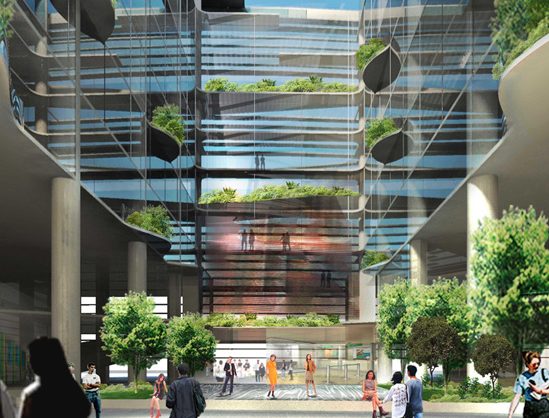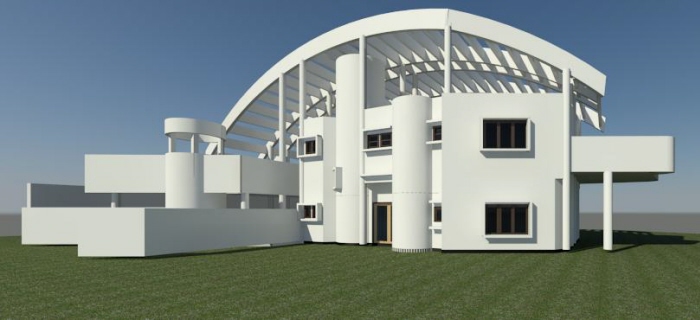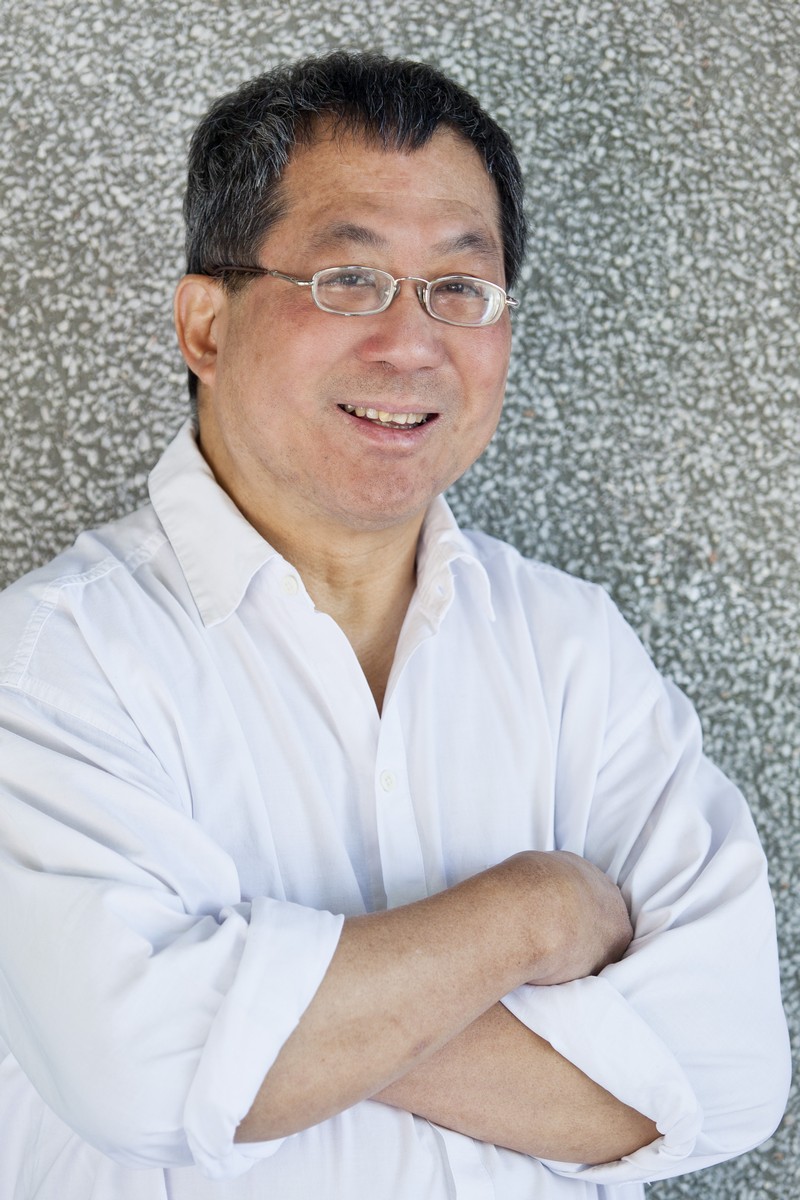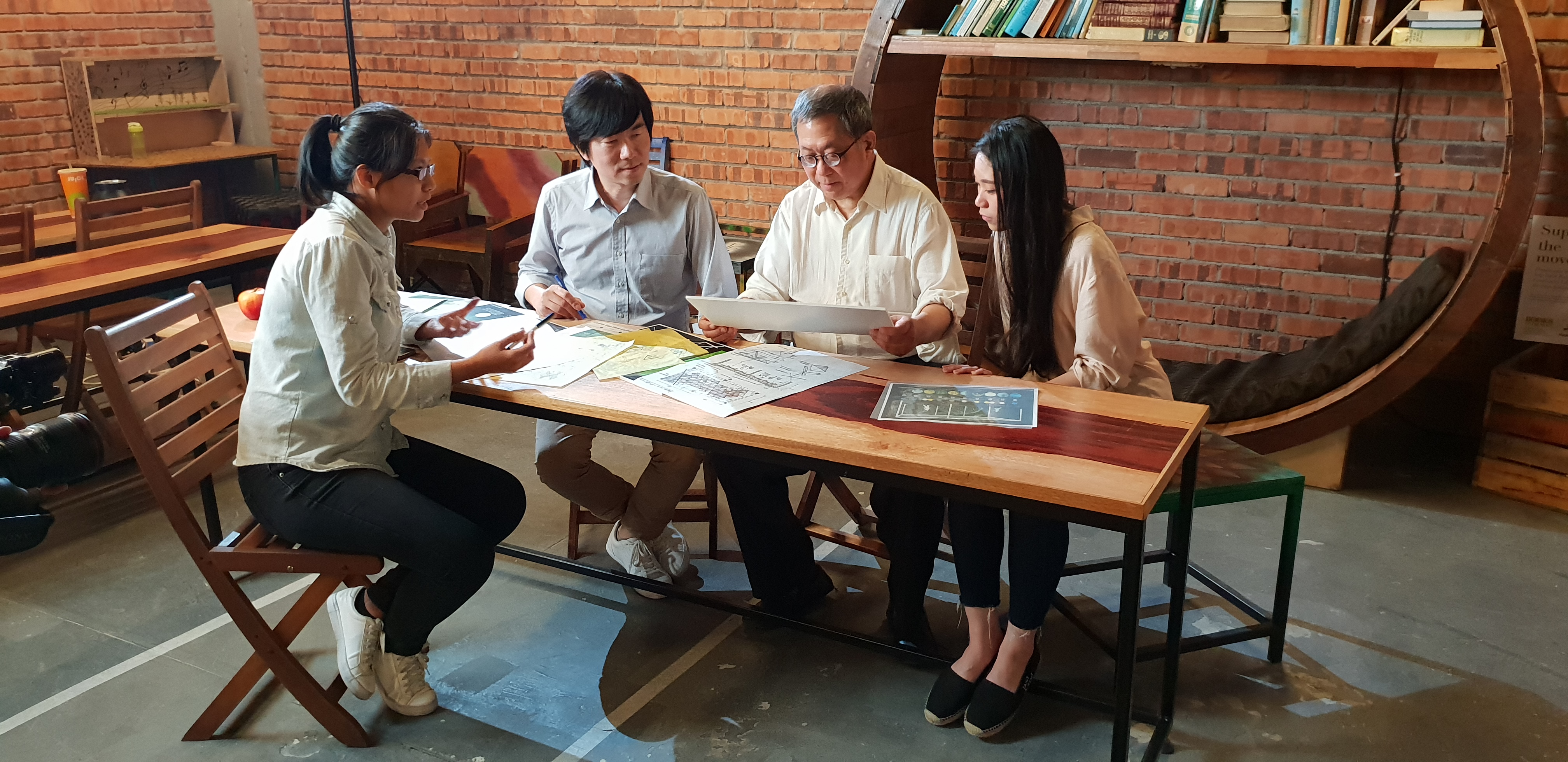The Malaysian Architect Who Could Save The Planet
 Thirsty for JUICE content? Quench your cravings on our Instagram, TikTok and WhatsApp
Thirsty for JUICE content? Quench your cravings on our Instagram, TikTok and WhatsApp

Many countries have been pushing for sustainable, eco-friendly buildings and houses. In the face of drastic global warming, leading scientists and researches have since warned us that we only have 12 years to limit climate change catastrophe. Hence the need to create more spaces that connect us to nature instead of destroying it.
We’re obviously no expert, but Dato’ Dr Ken Yeang is. He’s an architect, ecologist, planner and author known for his ecological architecture and ecomasterplans that have distinctive green aesthetics. Since 1971, Dr Yeang pioneered ecology-based architecture–working on theories to improve the field while practicing sustainable design globally. In 2008, The Guardian named him “one of the 50 people who could save the planet.”
This isn’t a surprise, of course. Dr Ken Yeang has been in the forefront of pushing green buildings and JUICE had the opportunity to speak with him to discuss the importance of going green and how Malaysia should follow the trend.
A lot of countries have been pushing for sustainable, eco-friendly architecture. Why do you think it’s important for Malaysia to follow?
Sustainability is important not just for Malaysia but for all of humanity. It is an ethical issue.
Today’s youth is informed of how climate change is affecting the planet and how important it is for us to build more eco-friendly places, especially in the cities. Do you think it’s possible to have that change?
Saving the planet is now no longer preventive action, but a ‘race and rescue mission’. Architects, Designers and Engineers are just service providers, but we can however lead ‘by example’ and by proselytising the mission. The effort must ultimately come from the public by its own initiative and directed by Government, by incentives, penalties and by education.

Everyone knows about the 3R’s, but not everyone is practicing it. Do you think we should reintroduce the concept?
Everyone needs to become literate in ecology, as all is affected. Our society and its ideology to the environment need to be transformed to be nature-centric.
How do you and the team start a project? There must be tonnes of ideas clashing…
Our design team sits together and discusses the project by firstly defining the Client’s objective for the project (its internal and external issues, and its strategic and philosophical aspects). These in turn drive the design. The touchstones in our design are: what can we do in the project to make users immensely happy and enhance the pleasurability of their using the design, what can we do to make the design aesthetically beautiful and fulfilling, and what can we do to make the design super-green, innovative and signature?

Does sustainability come hand-in-hand with aesthetics?
No, but we are seeking to define the ecological aesthetic, to seek answers to what will a green building look like.
Since there’s no defining look that characterises a green building, what are your favourite examples of green buildings in the world?
My favourite buildings are our latest projects and designs, as we are constantly seeking to advance the green agenda in our work.
With that being said, how can we encourage the government to develop more green housing and buildings? There’s clearly a demand for it.
The ways are threefold: by public education and by behavioural changes, by inducements and incentives–for example, for effecting positive benefits to the biosphere, and by penalties like for pollution and contaminating of the environment.


Strongbow Apple Ciders collaboration with three of Malaysia’s well-known champions of nature in design, came together for a unique interactive experience to examine the human relationship and its connectivity with nature.
Strongbow’s “Refreshing by Nature” brings together first of its kind ideas by renowned architect Dato’ Dr. Ken Yeang, collective of sustainability creators Biji-Biji Initiative and leading terrarium makers Ohsum Mossum, breathing nature into the city, providing the balance of nature and freshness in urban living.
More information on Strongbow Apple Ciders’ website. Keep updated by following the Facebook page and Instagram page, as well as hashtags #StrongbowMY #RefreshingByNature.

 Get Audio+
Get Audio+ Hot FM
Hot FM Kool 101
Kool 101 Eight FM
Eight FM Fly FM
Fly FM Molek FM
Molek FM
